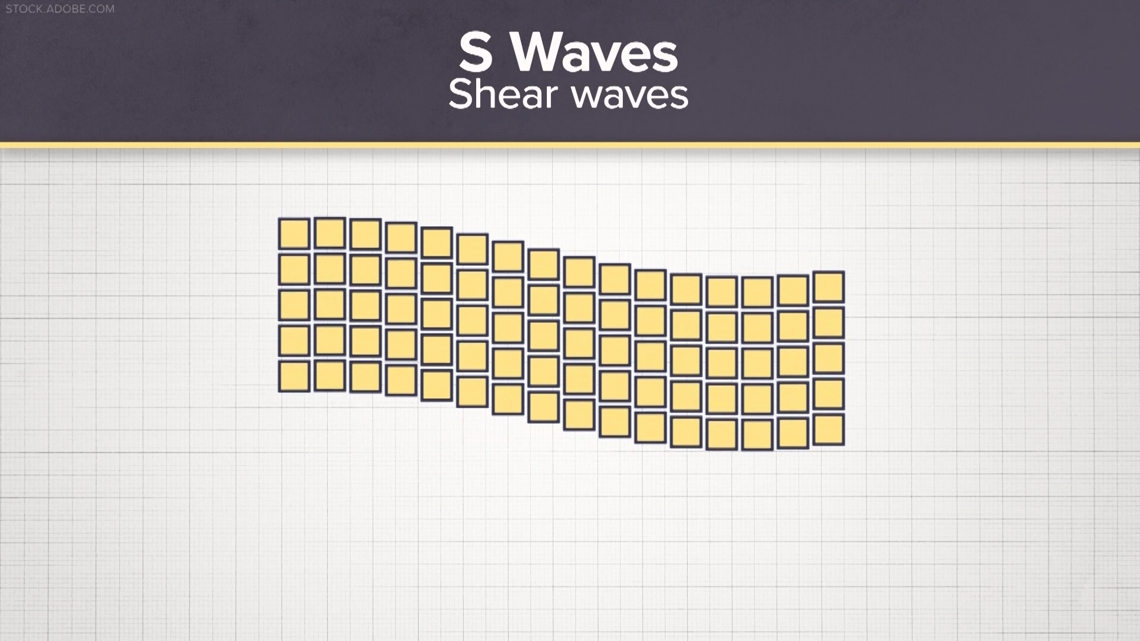SEATTLE — The threat of an earthquake at any given moment in Washington, Oregon, and Idaho is real.
Right below our feet is the meeting place of multiple tectonic plates, slowly moving and pushing against each other. The edges of these masses move and break, causing the ground to shake or volcanoes to form.
The place where two of these tectonic plates meet, the Juan de Fuca Plate and the North American Plate, sits just off the coast and poses the biggest threat for a major earthquake and potential tsunami. It’s called the Cascadia Subduction Zone.
Cascadia Subduction Zone
The Cascadia Subduction Zone is a megathrust fault or the meeting of two tectonic plates. The Juan de Fuca plate is being forced under the North American plate at a convergent boundary. Friction keeps the plates from moving, but when the force of the plates grows too strong, friction gives way and the plates suddenly move, then stop.

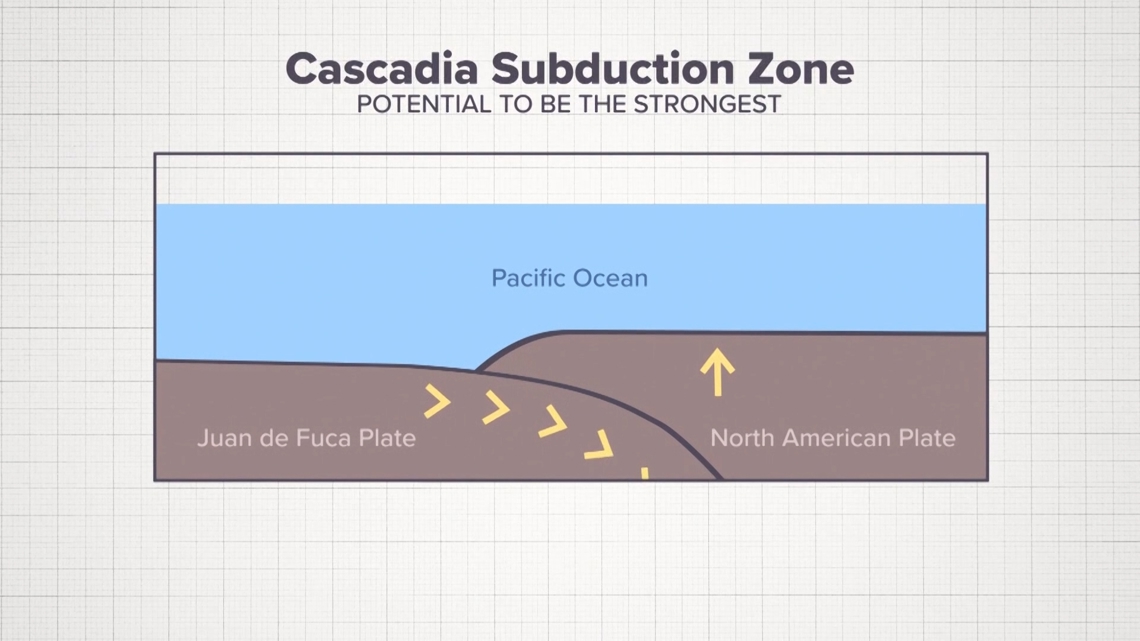
The sheer size of the fault means it is capable of producing some of the strongest earthquakes in the world. A magnitude 8 or 9 earthquake off the coast could cause widespread devastation. The movement of the plates is also capable of producing a devastating tsunami along the Pacific coast and Puget Sound.
Not all earthquakes occur at the meeting place of tectonic plates. Some, like the Nisqually earthquake in 2001, are caused by the cracking of just one of the plates.

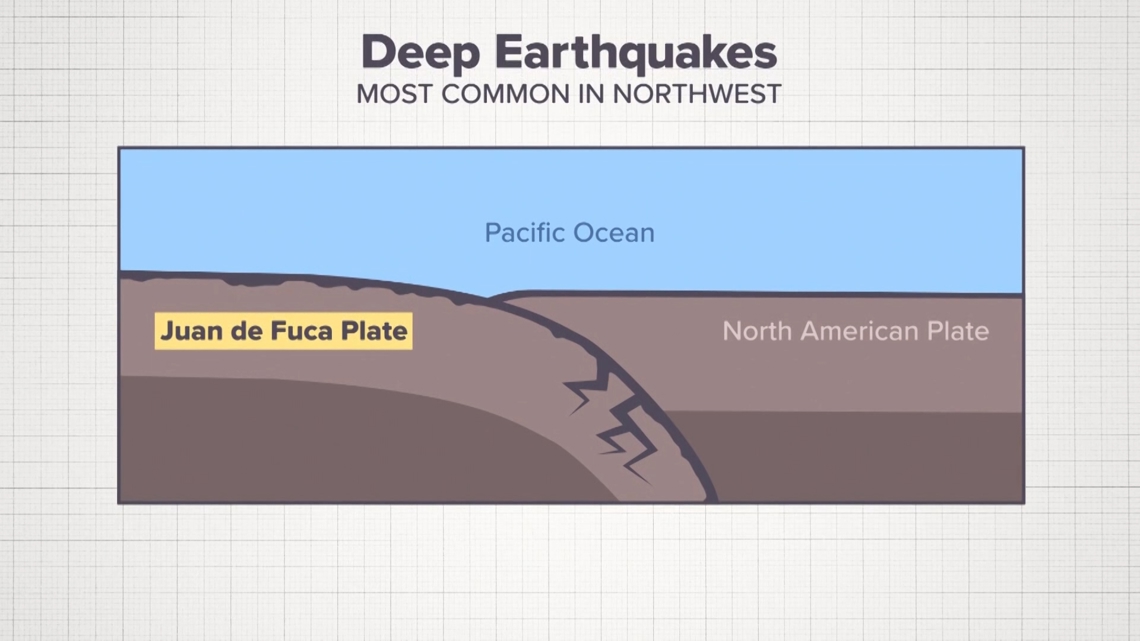
As the Juan de Fuca moves underneath the North American Plate, the edges become brittle as they are pushed downward. Cracks form in these massive tectonic plates, causing the ground above to shake. While they can still cause devastation, these tend to be weaker than megathrust faults and often don’t produce a tsunami risk.
The most common fault in the Northwest is the Crustal. In these cases, relatively small cracks form along the edge of the North American plate, often closer to the population center than their deeper counterparts. Crustal earthquakes are caused by the ground being pushed or pulled apart by the movement of the plate boundary.

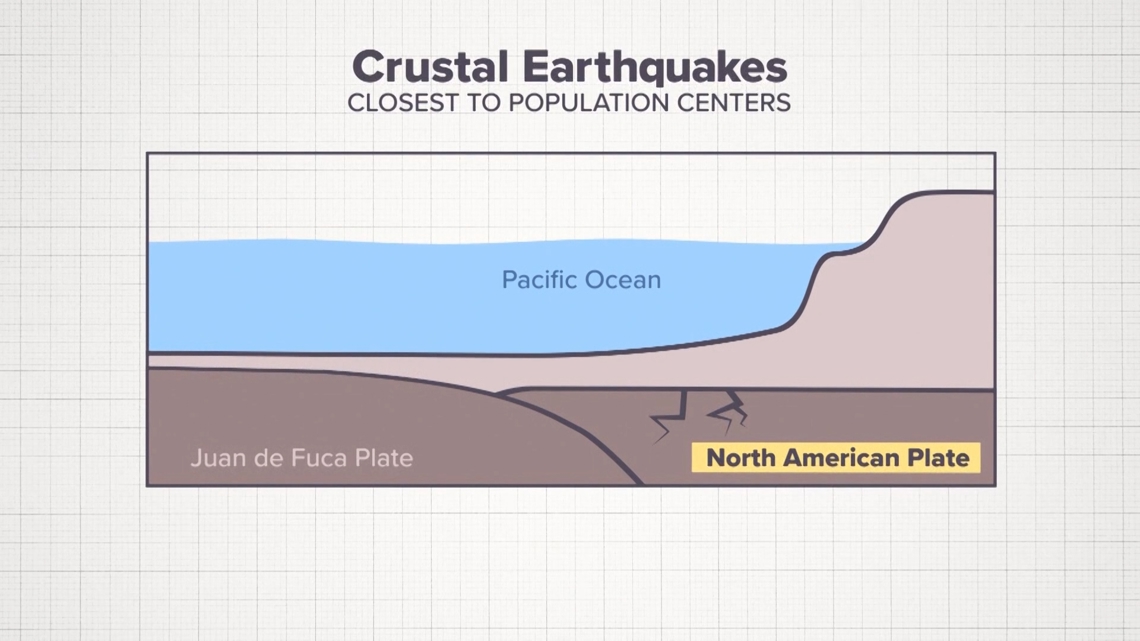
While these faults don’t have the potential to produce a mega earthquake, a magnitude 7 close to a city center is still a major threat. The two biggest crustal faults are the Seattle fault and South Whidbey Island Fault.
Volcanic earthquakes
The final threat of earthquakes in the Northwest comes from volcanic activity. The moving magma beneath the earth’s surface causes changing pressure on the tectonic plates. The changing pressure creates faults and shaking as the ground moves below.
Often we will hear of cluster quakes. They signify movement but not impending eruption. However, long-period quakes, like what led up to Mount St. Helens, are often a sign of something bigger looming.
Earthquake waves
When we talk about earthquakes, you will often hear the term epicenter. That is the point on the earth’s surface directly above where the earthquake originates or takes place. Directly below the epicenter is the hypocenter, or the exact point of origin of the earthquake.

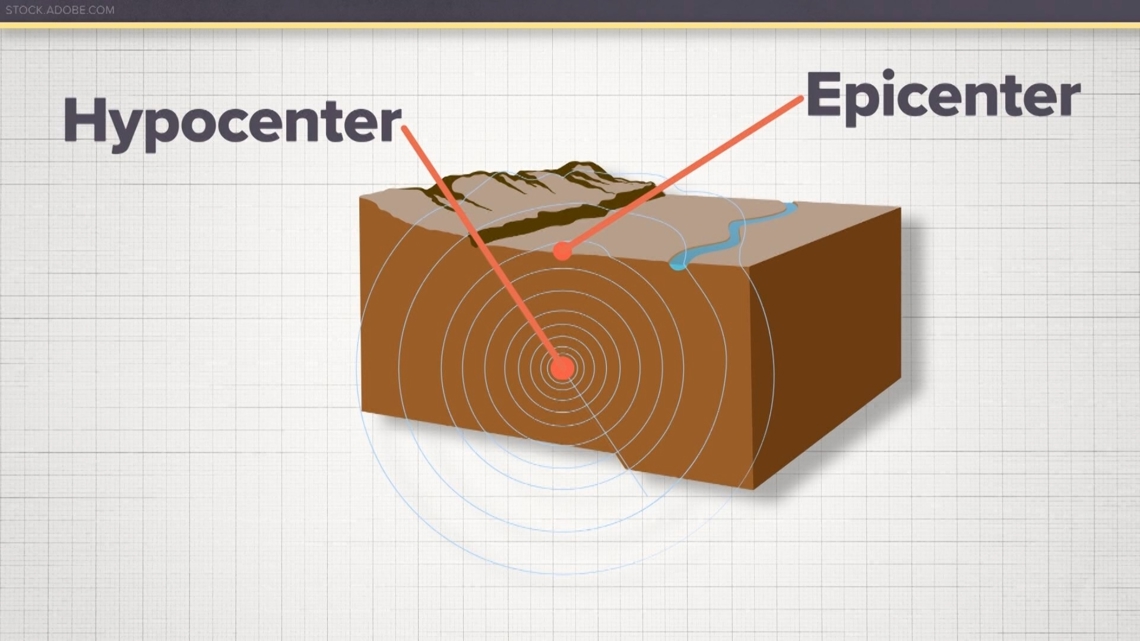
From the hypocenter, waves of moment propagate or spread outward. Primary waves or p-waves travel fast, through solids, liquids, and even gas. They move like a slinky, compressing and extending out. These cause the fast shaking of the earthquake.

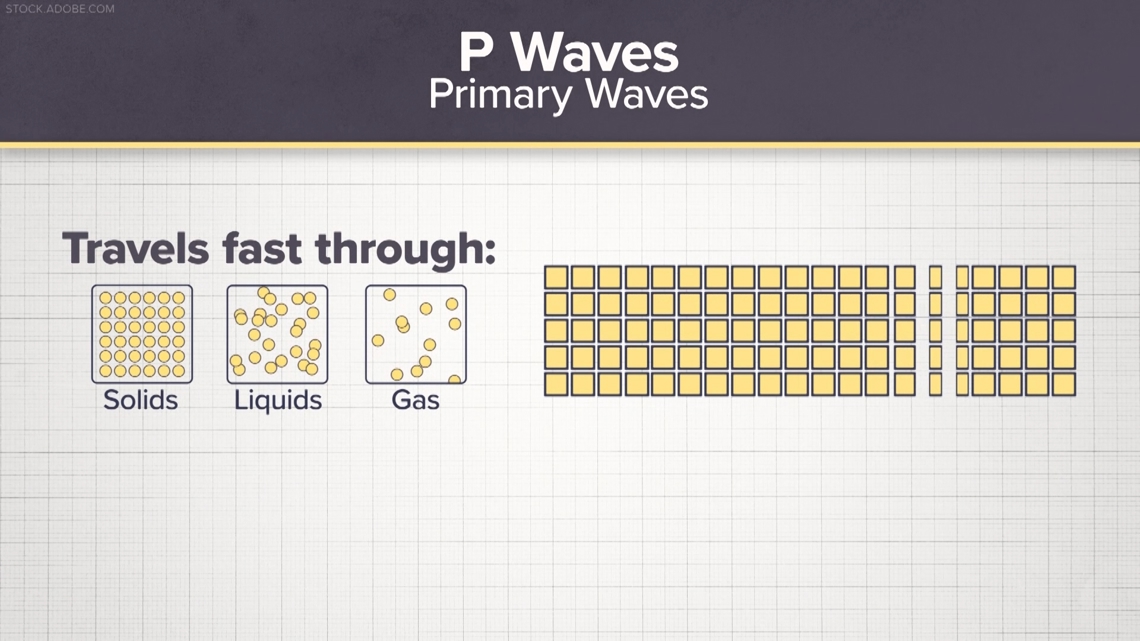
Shear waves or s-waves move slower, perpendicular to the direction of travel. Like shaking the end of a rope or waves on the surface of the ocean. This is the rolling motion felt in certain earthquakes.

